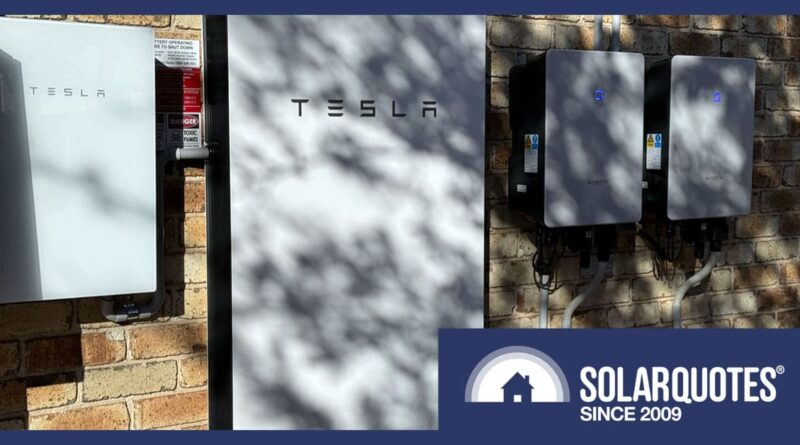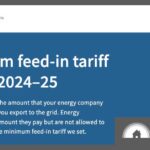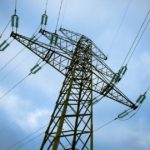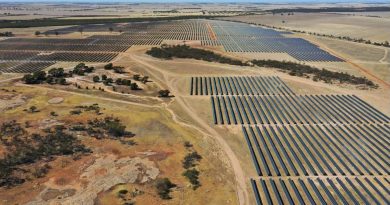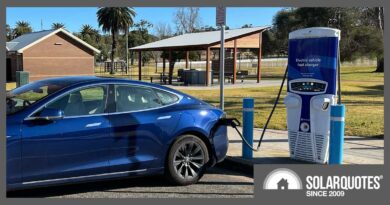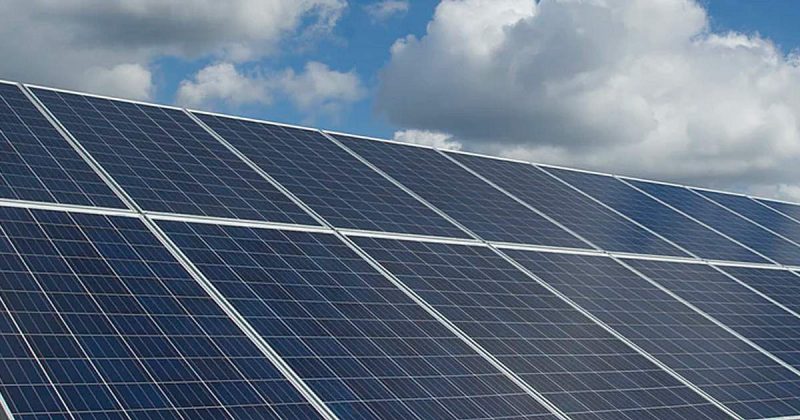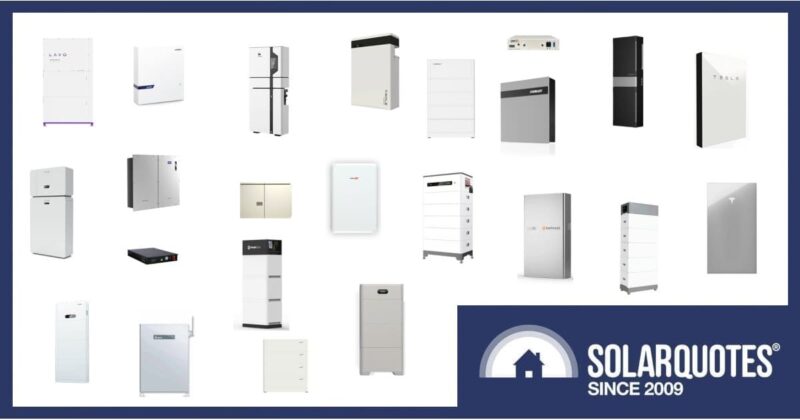Battery Ready in 2024: The Good The Bad & The Obsolete
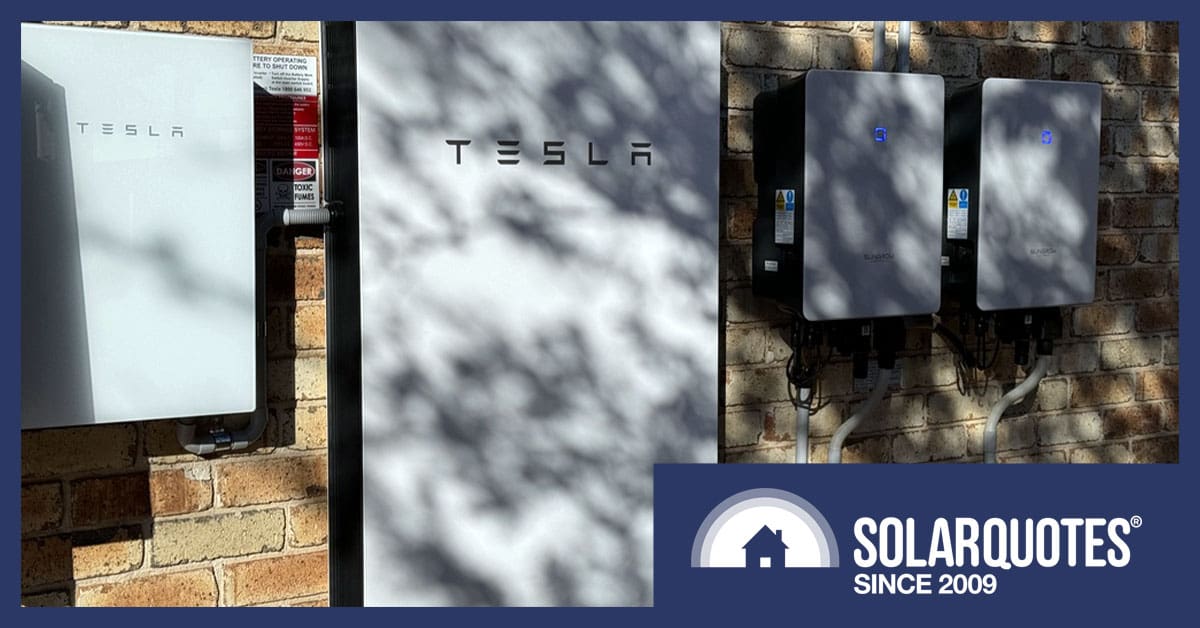
It’s been eight years since SolarQuotes first talked about what to look for in “battery-ready” solar power systems. A lot has changed since then, and many of you have been asking for an update.
Here’s what you need to know about buying battery-ready solar in 2024:
- There are more battery-ready brands at more price points.
- Three-phase backup is better catered for.
- Whole home backup is more feasible (not just essential circuits)
- If you choose the right battery/inverter, you now have options for energy trading, not just sef-consumption
And most importantly…
Battery Payback Is Improving
For years we recommended adding more solar and hunting good retail electricity tariffs as a better way to save money than a home battery.
In 2016, if you were:
- paying 24c per kWh for grid electricity
- and earning 16c per kWh with your Feed-In Tariff,
…the 8c per kWh you could save by storing your solar made a multi-decade battery payback common.
However, now electricity prices have risen, and feed-in tariffs have dropped, the growing gulf between the value of electricity imports and exports has pushed battery payback as low as six years in some cases.
Batteries work best when charged with excess solar. In 2016, Finn would tell you it was madness to buy a battery if your solar was not big enough to charge the battery all year long. But in 2024, with the right retail electricity deal, people are putting big batteries on small solar systems and charging using electricity at 8 cents per kilowatt hour. It’s great news for those with small or shaded roofs, but I’ve gotta add: nothing’s as reliable as sunrise.
How To Estimate Battery Savings Accurately
For a straightforward answer to battery payback in 2024, request NEM 12 data from your distributor and upload it to our new SolarQuotes battery calculator. Provided you already have solar, and a retail smart meter, you can use this tool to really flesh out the economics of a battery at your place.
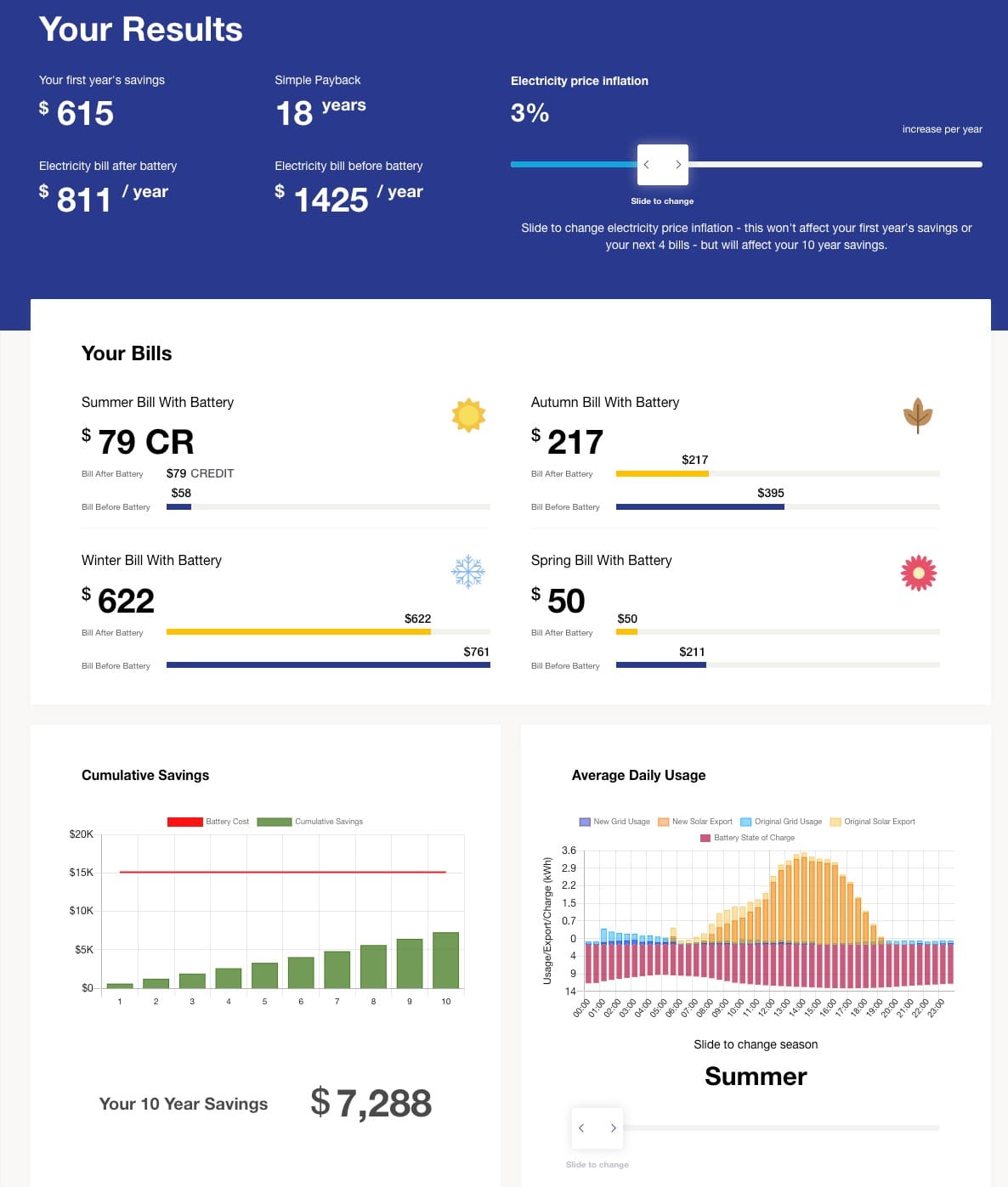
Our ‘add-a-battery’ calculator uses your smart meter data to estimate real-world savings.
All Solar Power Systems Are Battery Ready*
There are two ways to add a battery:
- AC Coupling
- DC Coupling1
AC Coupling Makes Every Home Battery Ready
If you choose the venerable Tesla Powerwall 2 or any other AC-coupled battery, you can retrofit batteries to your existing solar panels no matter when they were installed or what inverter you have.
It’s so flexible, you can even add an AC-coupled battery to a house without solar.
So, if you are buying solar now and want to add batteries later, rest easy—AC coupling is always an option for you (but check with your solar installer about local grid connection rules on inverter sizing and that you have a suitable location to add a future battery).
But DC Coupling Has Many Advantages
If AC coupling is so retrofittable, why bother with DC coupling, which requires installing a special hybrid inverter that a battery can plug into later?
Because:
- A battery installation will be quicker and cheaper if your installer plugs the battery into a properly installed hybrid inverter.
- The hardware for a DC-coupled system is usually slightly cheaper, with one inverter handling both the solar and battery.
- If you have three phases, a three-phase hybrid inverter is the best value way to back up your whole house.
- DC coupling allows you to put more solar panels on your roof than you would otherwise be allowed.
- Brands like GoodWe & Fronius offer hybrid inverters for the same price as a standard solar inverter. You only pay $600-$1000 to upgrade the inverter’s software when you’re ready to add the battery.
But hybrid inverters aren’t all sunshine and lollipops…
Plan For Obsolescence
The solar industry moves fast.
A “battery-ready” system with a hybrid inverter bought eight years ago could easily be obsolete now, which means there are no compatible batteries available. Many battery brands simply move on to the next model, so it’s essential to budget to buy your battery within a couple of years.
For example, BYD ceased producing some models suitable for SMA, GoodWe, SolaX, and Victron inverters, which means you can’t add or expand those batteries anymore.
And AC-coupled batteries aren’t immune: in 2016, Australia was the first market for the tiny 1.2kWh/260watt output Enphase AC Battery. Being modular meant extra units could be installed. However, these days, any expansion will hinge on finding some second-hand units.
Off Grid Is Different
If you want to go off-grid when you finally add a battery, different rules apply.
Whereas on-grid inverters like Sungrow have abandoned low-voltage batteries in favour of high-voltage systems with higher efficiency and less copper, 48 volts is still king for off-grid, remote-area power. With building blocks based on a standard battery voltage, you’re not tied to a particular battery brand or model.
Network permission for an off-grid inverter as a grid-connected hybrid will vary; however, where they excel is simple reliability and outright guts.
When overloaded, modern lightweight hybrids might deliver 120% for 10 seconds, whereas proper off-grid machines will surge to 240% without raising a sweat.
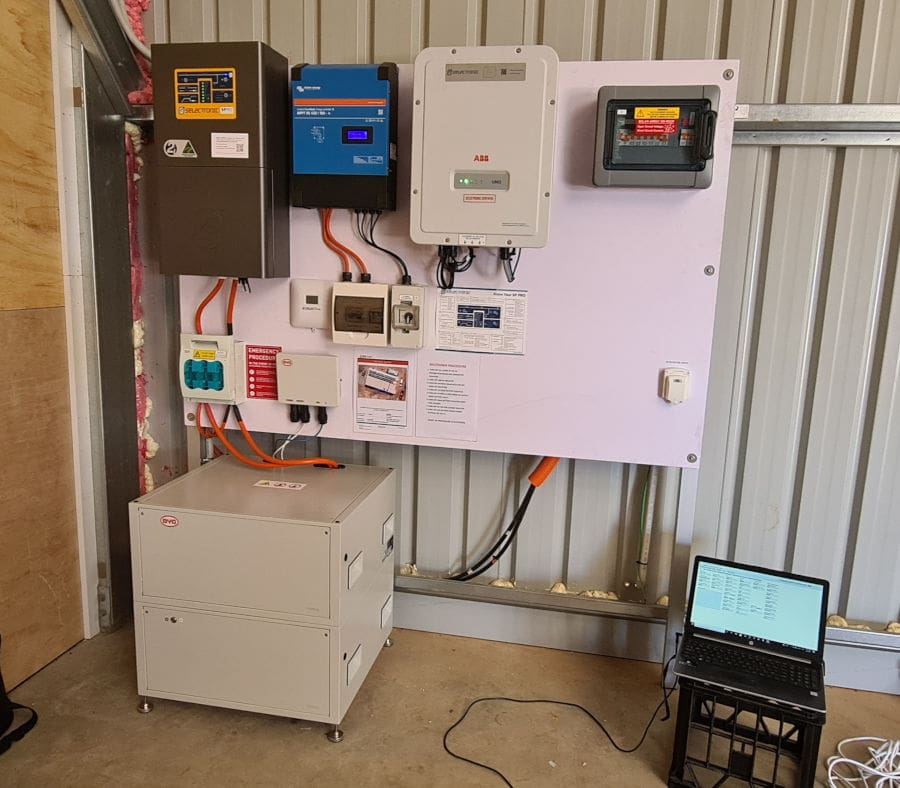
Selectronic, Victron, ABB inverters and BYD batteries are all playing happily. However, these off-grid systems aren’t plug-and-play, so cheap chumps don’t know how to install them.
Staying On-Grid Enables Energy Trading
If you stay on-grid, it is now possible to export your battery energy to the grid, maximising your economic return.
Tesla, AGL, Origin and others offer Virtual Power Plants, meaning you can become a small part of a large generator on the National Electricity Market. If there’s a grid event that requires the use of your battery, you’ll get a credit on your bill.
Smartshift from Amber offers wholesale import prices plus bonus payments for exporting energy from your battery when the market is hot, so there are some attractive reasons to have a genuinely smart system on your wall.
If you want to join one of these services, you’ll want to buy compatible hardware that is either programmable via an app or integrated with the retailer using an Application Programming Interface (API).
Check the VPP operator or electricity retailer’s site before you buy your battery to see which ones are compatible, but SolarQuotes-approved brands Tesla, Sungrow and SolarEdge batteries seem to be compatible with most VPPs and retailers.
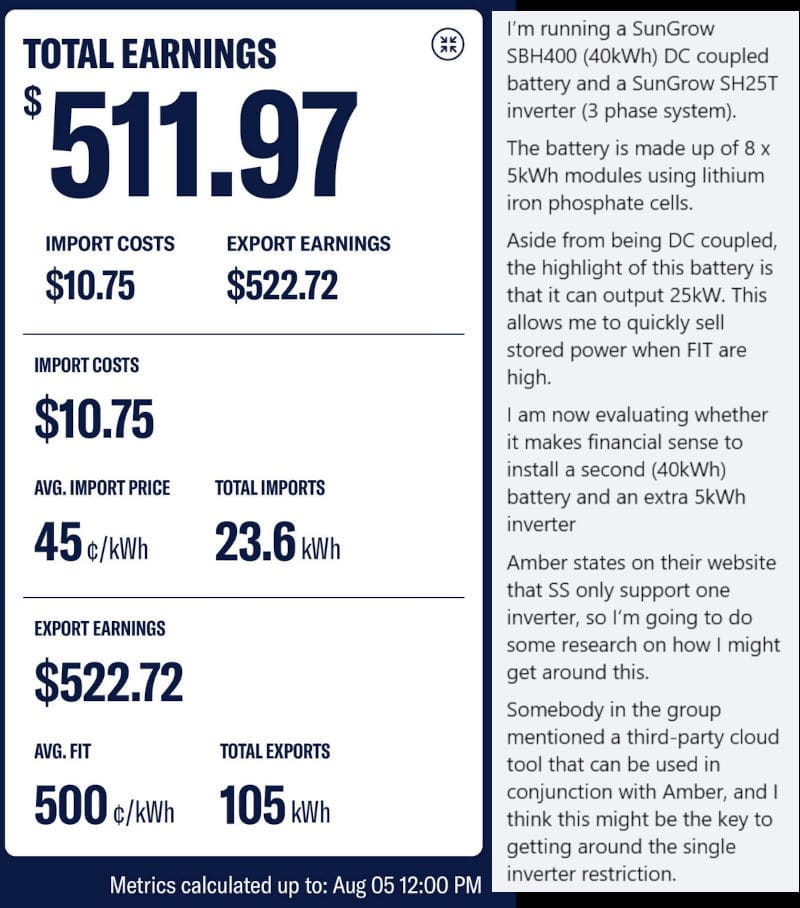
Credit: MEEH Facebook page. While this earning might seem spectacular, there’s $40,000 invested in solar & battery to capture this rare grid event. Ordinary returns will be far more modest
When You’re Battery Ready
Remember, your budget may curb your ambition, so get advice on what’s possible. Some batteries are very modest, some don’t work in an outage, and others won’t black start if you run them flat, so work out your preferences and document your expectations.
Hopefully, this post is a helpful update to the 2016 original. If you’re looking to buy a battery-ready solar system and still have questions, let me know in the comments.
Or, if you want to get cracking with quotes from battery installers we trust, you can do that here.
Original Source: https://www.solarquotes.com.au/blog/battery-ready-2024/

